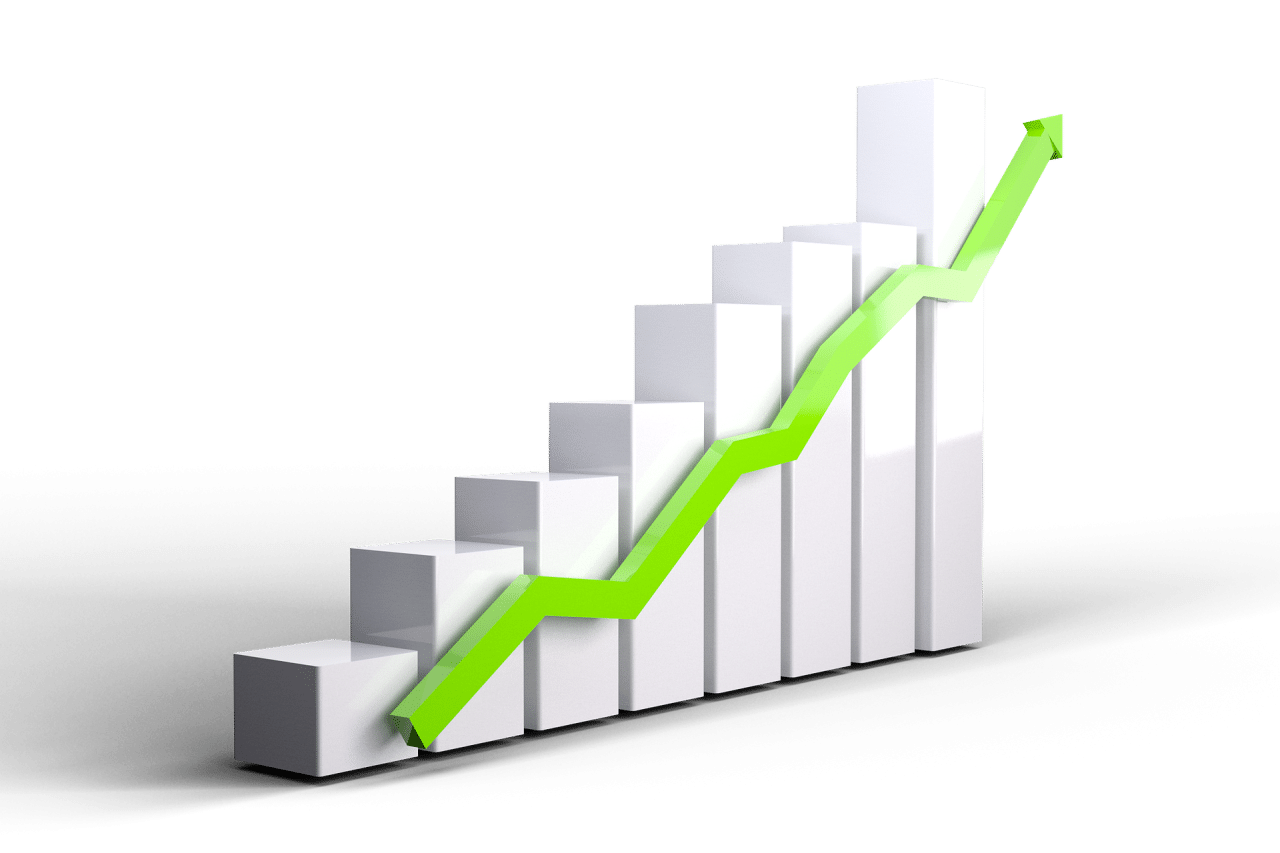Table of Contents
Your aim as a website owner should be to rank higher in search engines via organic results. Here are 12 ways to succeed on Google SERPs.

If you’ve gone through the website building process, it’s a good guess that your next goal will be to gain traffic to your site. The saying, “if you build it, they will come” is definitely not true when it comes to website traffic. The unfortunate truth is that having a website is not nearly enough to gain significant traffic, and desired conversions from said traffic.
So, how do you start getting people to visit your site? One piece of the equation is search result pages and how to rank high on them. There are some tips and techniques that you can add to your website strategy to help you start ranking high and gaining website traffic.
What are SERPs?
SERP stands for search engine results page, which encompasses all the pages that appear after you hit “search” on Google. They’re also called SERPs on other search engines, like Yahoo and Bing. Since Google has around 83% of the market share, we’ll be focusing on how to achieve top SERP results with Google specifically, but these techniques will also help on other search engines too.
After you submit a query on Google, you’ll typically see two types of results: paid and organic. The paid results usually take the top 3-4 spots on the page. Google Ads is what controls the placement of those paid spots, taking into consideration if the ad matches the searcher’s intent, the quality of your landing page, and how much you’re willing to pay to get someone to click on your ad.
The second type of result is organic, which Google ranks based on the relevancy of the content to the user’s search queries. At a basic level, if your website looks like it matches the searcher’s intent, it has a higher chance of being show towards the top of results. Organic search results don’t have any money behind them that pushes them higher on the page.
The goal is to rank as high as possible in search engines via organic results. While you can also go the paid route, organic is arguably more sustainable and typically doesn’t require as much of an upfront or recurring cost.
There are multiple types of queries that users search for, with the two most popular being navigation queries and informational queries. Navigation queries are those in which users search for specific websites but do not know the exact URL of the website. Then there are informational queries that start with “how to”. When comparing these types of searches, navigation queries are harder to crack as you have no real way of know what exactly the user is looking for.
Why is it important to rank higher on SERPs?
It’s a universal fact that all companies would love to achieve that coveted first spot on Google’s SERPs. One reason is that if your website is at the top of the SERPs, more people will be seeing it, and therefore more people will click on it. Having your website at the top also lends credibility to your site and the content you have on it. Google basically tells the searcher that your website is trusted and has great information, so that’s why they’ve chosen to rank it at the top.
Research shows that most internet users only click on the top 3-4 organic search results. No one bothers to go to the second page or third pages of results, so you page is pretty much invisible if it shows up past the first page.

Below are some techniques that can improve your website’s ranking on SERPs.
- Widen your focus
- Create killer content
- Improve your domain authority
- Use backlinks
- Increase dwelling time on the website
- Visual concepts are your best friends
- Repurpose and improve old content
- Improve the speed of your website
1. Widen Your Focus
One way to increase the traffic to your website is to cast a bigger net. While you don’t want to stray too far from your target audience or the keywords they’re searching most, sometimes businesses get tunnel vision on what they think they should be writing about or trying to rank for.
To start broadening your target keywords, make a list of ones you’re confident your target audience is searching for. Try to see this from the user’s perspective and think of pain points or questions they have, and that your company or product solves. There are tools out there, like Google’s Keyword Planner, that can also help with this.
Once you have that list of keywords, see if there are any opportunities to turn those into long-tail keywords. Long-tail keywords are more specific than shorter ones. So instead of trying to rank for “bed sheets” you can try a long-tail version like “cool bed sheets for summer”. The longer version will have less traffic, but more potential conversion value since it’s more specific.
2. There Is No Shortcut to Creating Killer Content
A vital component to ranking higher in SERPs is creating killer content. While having a solid list of long-tail keywords you’re targeting is useful, if the content on those pages is lackluster, your visitor will probably be quick to abandon your site in search of a better one. There’s no shortcut to this—your content needs to be in alignment with what your users are searching for.

In August 2022, Google rolled out an algorithm update that gives some clues on how to create content that will hopefully rank well. They recommend “people-first content” that focuses on giving the visitor a satisfying experience. A way to view this recommendation is to create content for people, not for the search engines.
With the new update, they also recommend either taking down unhelpful pages or updating the content on them. Focusing on the user first and ensuring your content is matched to their search query will go a long ways in helping your website rank higher.
3. Improve Your Domain Authority
Your domain authority (DA) is the probability of a website ranking high in the SERPs. The higher your domain authority is, the more likely your website will be towards the top in search results, so increasing your domain authority is another way to help you rank higher.
There are a couple of trusted resources out there that can help you determine what your current domain authority is. Moz’s Domain Authority is a popular one that ranks websites on a scale of 1 to 100. Their ranking is based on a couple of factors like backlinks and the linking root domains.
Since a website’s domain authority is calculated based on a few different data points, it can be hard to influence directly. The key to success with your DA is improving your website’s overall SEO health and focusing on building your backlink profile.
Websites like Wikipedia are at the top end of the domain authority scale. For a local business website, domain authority between 20-30 is a good number.
4. Use Backlinks
Backlinks are links to your website that live on other websites. The idea behind backlinks is pretty simple: the more quality content you’ll produce, the more people will want to engage with it and use it on their own website.
Backlinks are an important component of ranking high on SERPs because it shows Google that other websites trust your content enough to recommend it to their visitors. It’s basically a peer vouching for your content and telling Google that this is really good information that we want our visitors to see too.

There are many tools out on the market today that can help you develop your backlink profile. Some backlinks will happen naturally if your content is of high enough quality. Other times you might have to reach out to a company to make them aware of your content and why you think it’d be useful to their users. Postaga is handy tool that helps automate backlink outreach.
5. Increase Dwelling Time on the Website
The dwelling time on a website is how long your visitors are staying on it before abandoning it. It is a metric that determines whether the user found the answer to their query or not. The more time they spend on the website, there is more evidence of the fact that users are satisfied with the content.
Improving this metric goes back to creating quality content that aligns with the original search query. If your content is lacking or it didn’t answer their question, they’ll like leave it quickly in search of better content. This signals to Google that page was of low value to the searcher, and will eventually deprioritize your website in search results since the dwelling time is low.
6. Visual Concepts Are Your Best Friends
If there is one type of content that appeals to both users and various algorithms today, it’s videos. Chances are you’ve seen more videos than photos or text posts in your Facebook or Instagram feed, which makes creating video content an important piece of any company’s marketing strategy.

Although videos are important, it be intimidating to start because of the assumed complexity and money that goes on behind the scenes to create one. It’s easier to post a still photo and a caption rather than create a video. But there are a lot of tools out there that makes creating video content easy, quick, and affordable. A few to check out are Animoto, Canva, and Powtoon.
Including videos across your website can also help improve the dwelling time. If someone watches a 2-3 minute video instead of scanning your page for 30 seconds, that’s a pretty significant swing in the amount of time they spent on your website.
7. Repurpose or Improve Old Content
Recycling or repurposing older content on your website is a genius way to bring traffic to your website while ensuring what you have published is up-to-date. This is always smart to do because you don’t want a potential customer to find an outdated page from 5 years ago that doesn’t represent where your company is today.
You can also turn blogs into other forms of media. For example, you can change blog posts into videos, or turn graphs into blogs as well. Experimenting with this and seeing what produces the best engagement will help inform you of what kind of content your audience likes to consume.
8. Improve the Speed of Your Website
Last but not the least, the speed of your website is also a big piece that influences how high you rank in SERPs. Along with generating good content, making the website efficient should be a primary goal. Our attention spans are short today, and we expect websites to load quickly. If it takes longer than 3 seconds for a page to load, the visitor will probably abandon it and move on to the next.
Google’s free tool, PageSpeed Insights, will show you how fast your pages are loading and give you recommendations on how to improve it. Checking your pages and making any necessary updates is a pretty quick and easy way to improve the health of your site, and also to help you rank higher in SERPs.

Ranking High on Google’s SERPs
As you can see, there’s not just one piece to the puzzle of ranking on in SERPs. There are various factors that influence where your website will end up in search results. By focusing on a combination of all the elements discussed in this blog, you’ll have a healthy SEO profile which will naturally help you rank high on Google.
If your company needs additional help with how to rank high, our team at Jack & Bean can help. We have years of experience in SEO and helping websites rank on Google. Contact us today to see how we can help grow your business.






